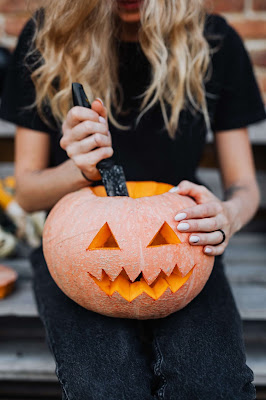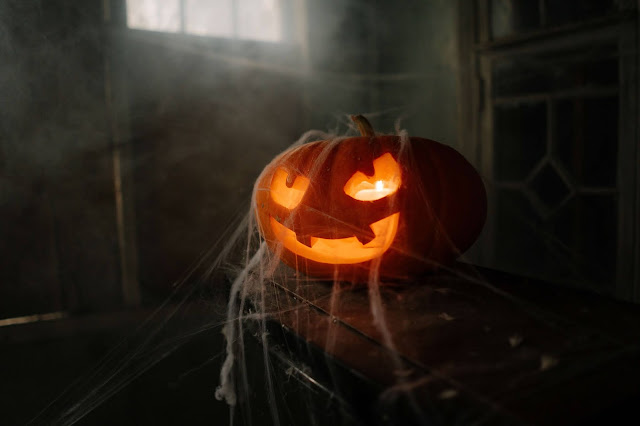In many European countries, including Iceland and the other Nordic countries as well as Celtic countries, the year was divided into two seasons rather than four, or winter and summer. People counted the time in winter and night rather than in years and days. Winter, like night, was considered to come first; The turn of October and November was therefore the time of the beginning of winter, and thus of the New Year. Then the cold and the darkness took over, the earth fell asleep and death reigned. In Iceland, an ancient in late October festival called the winter nights and then was kept Fairy sacrifice in the Nordic countries (disting). In the north of Scotland and Ireland, there is still a festival in Gaelic called Samhain, the festival of the dead. Lately, she has been named Halloween.
The beginning of winter and year is what is called the liminal period, a kind of intermediate state that prevails in times of great transition. Then one can even perceive beyond; they see ghosts and elves and can predict the future. Spirits were believed to be roaming on both Samhain and winter nights (see, for example, Þiðrandi and Þórhallur ).

When the Irish and Scots emigrated to America in the 19th century, the Hallowe'en festival moved with them. In the United States, on the other hand, pumpkins grew that were much larger than turnips and easier to cut. Thus, the pumpkins took over from the turnips as a symbol of American Halloween.
As a result of the conversion to Christianity, winter nights gradually ceased. Likewise, many old Catholic festivals disappeared during the Reformation, or when Lutheranism took over from the Catholic faith. Due to the influence of American television and movies, however, it is becoming more and more common for Nordic people to celebrate Halloween according to American tradition. Various people have contributed to this development, for example, newspapers, shops, and even students in the English department of the University of Iceland.







0 Comments